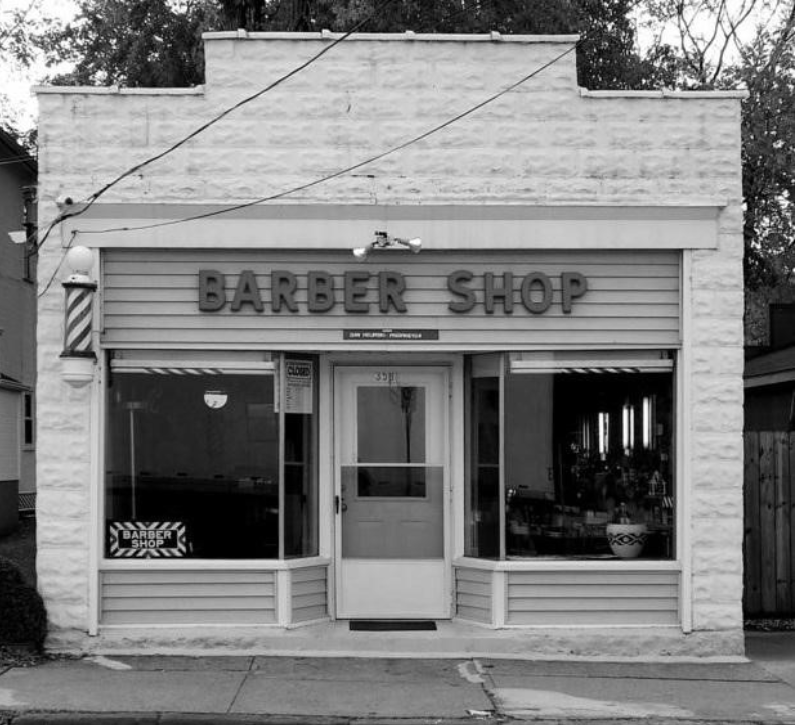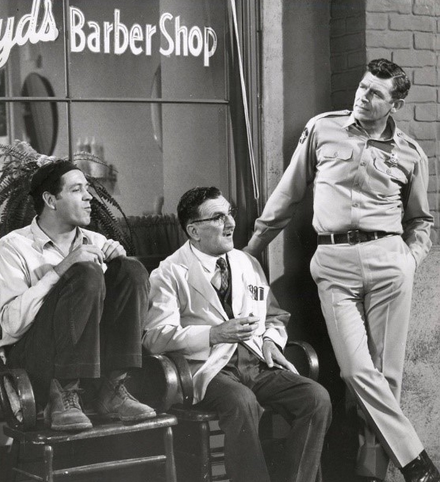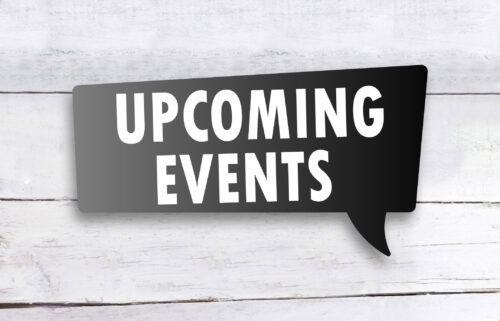Barbershop talk


By Kirt Anthony
Submitted to Corner Post
When you hear the word “barber” do you think of a red, white and blue spiral-striped pole? Does the name Floyd come to mind? Most readers of this article who were born after 1800 would answer Yes to the first question. (Readers of this article who were born before 1800 are likely to say No or have no opinion at all.) To the second question, all but one person surveyed answered Yes. (The person who said ‘No’ did recognize Floyd, but associated him with a rock band from England.)
You probably already know that barbering pre-dates the Egyptian dynasty, when pharaohs and other cool kids liked to get their hair trimmed, shaved and dyed. No doubt, you also know that it was barbers that people called upon for bloodlettings, surgeries and other medical care that required sharp tools. Everybody’s heard that red (bloody) and white (clean, sun-bleached) strips of cloth were indicators of places where early barbers plied their trade, and that’s the origin of red and white stripes signifying a barber’s shop. But did you know that the spiral stripe on a rotating barber pole represents infinity (barbers at one time were always “on-call”) and that the blue stripe was added during the patriotic early days in the United States?
Barbers tended to set up shops near town squares because citizens and visitors to the town generally went there to tend to civic matters, buy or sell at markets, and socialize. Soon after the start of the 20th century, barbershops began to adopt a standard look and style — adjustable leather barber chairs (for the comfort of customers and the barbers), plenty of large mirrors, and seats and reading material for waiting customers. Barbershops became a social stop for men, even if they didn’t need a haircut or shave, to catch up on or share news.
By the 1970s, a significant portion of males in the U.S. turned to “stylists” and “hair salons” instead of traditional barbers. This coincided with the trend among young men to shun Old Spice aftershave that was the choice of generations of rugged men, in favor of scents with names like, Eternity, Obsession, Drakkar and Faberge. The same guys often wore leisure suits, satin shirts unbuttoned to the navel, and platform shoes, and they used more hair products than their sisters and girlfriends, for Pete’s sake!
Thankfully, the pendulum has been swinging back. So, gentlemen, if your feelings were hurt a little by the observations above, circle a nearby town square and look for a barber pole. Tell Floyd I sent you.



